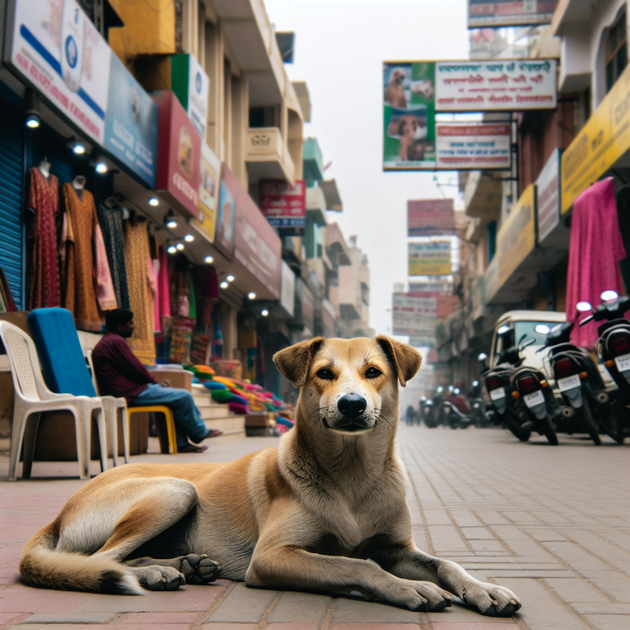What’s so special about the humble “doggo in India” that has the internet falling in love? It might be their soulful eyes, the stories written on their fur, or how these street-smart pups have become a symbol of resilience and warmth in Indian communities. Whatever it is, Indian doggos have found a way to make people smile, both online and offline.
The Unique Life of a Doggo in India
Across India, it’s common to see dogs weaving through bustling streets, lounging under tea stalls, or tagging along with friendly shopkeepers. These aren’t just strays—they’re part of the neighborhood fabric. In India, street dogs, often affectionately called “indie dogs,” have adapted to city life in ways unique to the region.
These doggos display an incredible knack for surviving city chaos, from dodging traffic to charming food from friendly locals. Unlike pets that spend their days indoors, Indian street dogs carve out their own routines. They watch over their chosen territories, form packs, and sometimes even become local celebrities. It’s not unusual for a street dog to be known by name in a neighborhood, with several shopkeepers or residents looking out for its well-being.
Meet the Indian Dog Breeds
While many “doggo in India” stories feature mixed-breed street dogs, India is also home to some unique native breeds. Some of these are gaining recognition for their intelligence, loyalty, and adaptability:
- Indian Pariah Dog – The classic street dog, known for its resilience and friendliness.
- Rajapalayam – A regal hound from South India, celebrated for its elegance.
- Kombai – A muscular, protective breed, historically used as a guard dog.
- Chippiparai – Sleek and fast, originally bred for hunting.
- Himalayan Sheepdog – The loyal guardian of northern pastures.
Each of these breeds, along with countless mixed-breed street dogs, add to the colorful canine scene in India.
Everyday Heroes: Community & Street Dog Culture
There’s a special relationship between people and dogs in India. Many communities adopt informal responsibility for their local dogs—feeding them, providing water, and sometimes even building cozy shelters for cold nights. In cities like Mumbai and Delhi, local animal welfare groups often step in to offer medical care, organize sterilization drives, and help with adoption.
According to Hindustan Times, Indian street dogs are increasingly being adopted not only within India but around the globe. The movement to adopt “desi dogs” (as they’re lovingly called) is growing, with more people realizing their unique charm and adaptability.
Anecdote: One Doggo’s Journey
A friend once told the story of Sheru, a scrappy brown dog who lived outside their apartment in Bangalore. Sheru was more than a stray—he was the unofficial greeter, tail-wagger, and alarm system for the building. Every morning, he’d follow kids to the bus stop, and every evening, he’d keep an eye on returning residents. When Sheru fell ill, the entire neighborhood pitched in for his treatment. He made a full recovery, greeting everyone with even more enthusiasm than before.
Sheru’s story isn’t unique—countless neighborhoods across India have their own Sherus, Rajas, and Lakshmis, showing just how deep the bond is between these doggos and their communities.
Busting Myths About Dogs in India
Sometimes, there’s confusion or concern about the lives of Indian street dogs. Let’s clear up a few common myths:
- “Street dogs are dangerous.” – Most are friendly, especially those used to human contact.
- “They can’t be good pets.” – Many adopted indies adjust wonderfully to home life, as BBC News reports.
- “They’re all unhealthy.” – With basic veterinary care, most thrive just like any other dog.
How to Help or Adopt a Doggo in India
If you’re inspired by the story of a doggo in India, there are lots of ways to make a difference:
- Support local animal welfare organizations like Friendicoes or Blue Cross of India.
- Consider adopting an indie dog through reputable groups.
- Spread awareness about the importance of sterilization and vaccination drives.
- Volunteer time or resources to help animals in your area.
Final Thoughts
The next time you see a “doggo in India” photo or story, remember there’s more than meets the eye. Behind every wagging tail is a story of survival, community, and love. What’s your favorite encounter with a street dog or an indie pup? Share your experience in the comments!

Leave a Reply